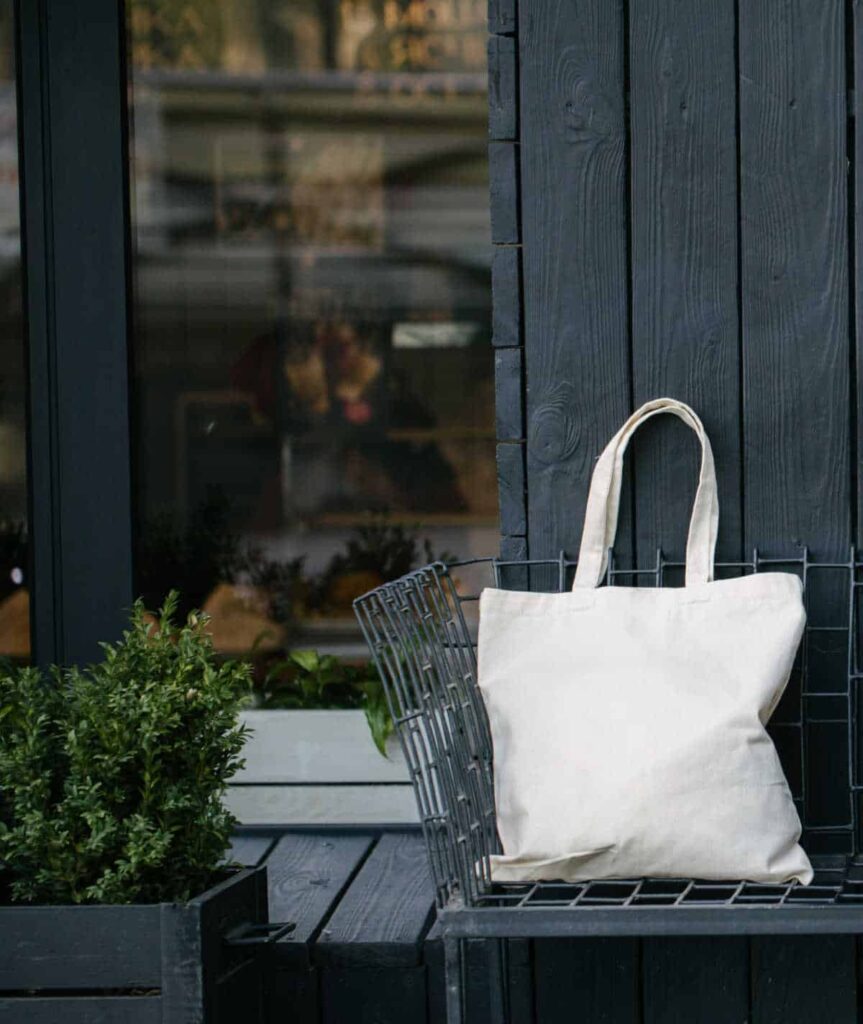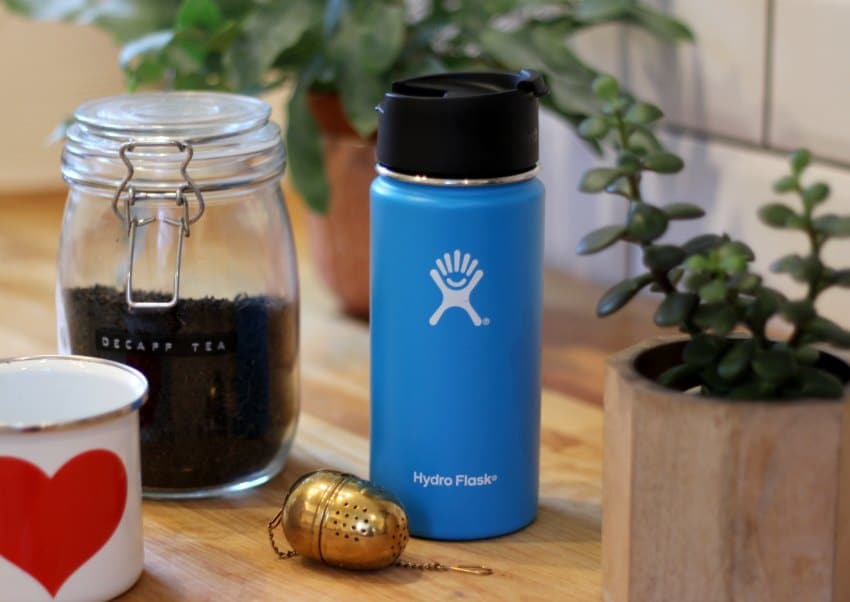Why You Shouldn’t Dry Clothes On Your Radiator
To support the running costs of Moral Fibres, this post contains affiliate links. This means Moral Fibres may earn a small commission, at no extra cost to readers, on items purchased through these links.
Yet another wet day and your laundry pile is growing? Before you pile everything onto your radiators, here’s why you shouldn’t dry your clothes on your radiator, and what to do instead to save energy.
It goes without saying that it is really important to save energy where we can. After all, with our already colossal energy bills set to rise even further in 2023, we all need that extra money in our pockets.
And energy prices aside, the energy we use in our homes creates about a quarter of all carbon emissions from our homes. If we can cut our electricity and gas use, we cut our carbon emissions. This helps to tackle the growing climate emergency.
Whilst big changes, like insulating your home, can make a big difference, I want to focus on the simple changes anyone can do. This is whether you own your home or not.
Big energy-saving tips are all well and good, but as someone who rented for many many years, I always found myself frustrated by energy-saving tips that relied on my landlord making changes. As such I’m a big fan of tips that don’t need any fancy equipment, nor do they require you to spend any money.
This energy-saving tip is about drying clothes on your radiator. Specifically why you shouldn’t.
Why You Shouldn’t Dry Clothes On Your Radiator

As tempting as it is on wet winter days, then you shouldn’t dry clothes on your radiator.
There’s a very good reason for this. Hanging wet clothes to dry on your radiator makes your boiler work harder to get your room to your desired temperature. This means it takes longer to heat your home. In turn, this uses more energy to heat your home and costs you more money.
What should you do instead?
I suggest this:

Use a clothes horse! Although perhaps not quite as literally as this photo of Shetland ponies actually wearing cardigans suggests…!
Using a clothes horse to dry your clothes, rather than a radiator, allows warm air to circulate freely around the room. This means it’s altogether much more energy efficient. This shaves money off your bills and keeps your home at a more comfortable temperature.
I know it’s not always easy. In our last flat, we had barely any room for a clothes horse. Our tiny galley kitchen was rammed full of them (by which I mean two clothes horses!). It got to the point where we struggled to get past the clothes horses without getting tangled in them.
With a small baby at the time, sometimes desperation did call for me to dry clothes on my radiators. But I tried to keep it to the odd desperate occasion rather than an everyday thing. Anything to keep those energy bills down.
In one previous flat, we were lucky enough to have quite high ceilings. The flat even came with an original ceiling-mounted pulley for drying clothes. It was amazing for drying clothes and sheets and meant we didn’t need to dry our clothes on the radiator. It also didn’t take up any floor space whatsoever.
If you’ve got high ceilings I cannot recommend them enough. You can pick them up easily online. Whilst some are quite pricey, the cheaper ones come without the wooden slats for easy postage. You can then get wood cut to fit at your local wood merchants. And they have a nice vintage look to them if you’re into that kind of thing.
Why Ventilation Is Important When Drying Clothes Indoors
If you don’t ventilate your home properly when drying your clothes indoors – even on a clothes horse rather than a radiator – then you are building yourself up to have a variety of problems.
Not ventilating can cause dampness – where black mould grows on your walls or ceiling. The NHS says that this mould can trigger allergic reactions, such as sneezing, a runny nose, red eyes, and/or a skin rash. It can also exacerbate existing health conditions, such as asthma.
If you can, dry your clothes in a room where you can open a window and close the door on it, to allow the air to circulate freely. If that’s not possible, opening your windows every day for at least fifteen minutes helps fresh air to freely circulate, can reduce the chance of dampness occurring.
Do see my post on how to dry clothes indoors for more drying tips.
How Your Washing Machine Can Help
While we’re on the subject of clothes and laundry, your washing machine can help you dry your clothes faster.
My old washing machine’s standard wash cycle spun my clothes at 1200 rpm, but its maximum spin was 1400 rpm. If your washing machine is similar, then after the cycle finishes, you can set it to do a 1400 rpm spin to get the last drops of water out.
The spin cycle uses a very marginal amount of energy – it’s the heating of the water stage that’s most energy-intensive – and I’ve found this significantly reduces the time it takes dry my clothes on my clothes horse. This reduces the chances of that nasty “took too long to dry” smell. Which makes me very happy indeed, and reduces the likelihood of me opting to dry my clothes on the radiator. It’s the little things in life!
If you found this post useful then I also have a load of eco-friendly laundry tips right this way.
Found this post useful? Please consider buying me a virtual coffee to help support the site’s running costs.




